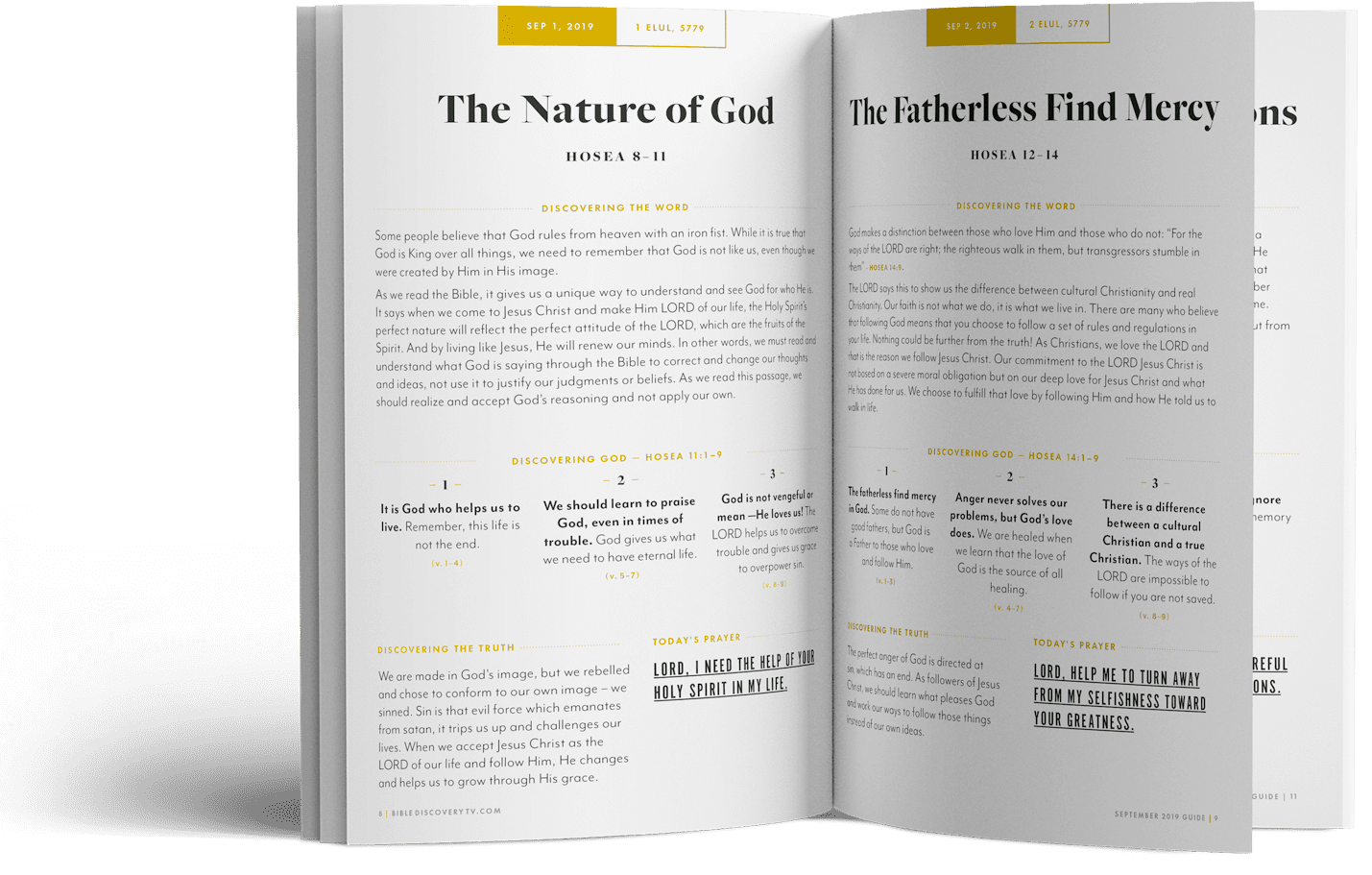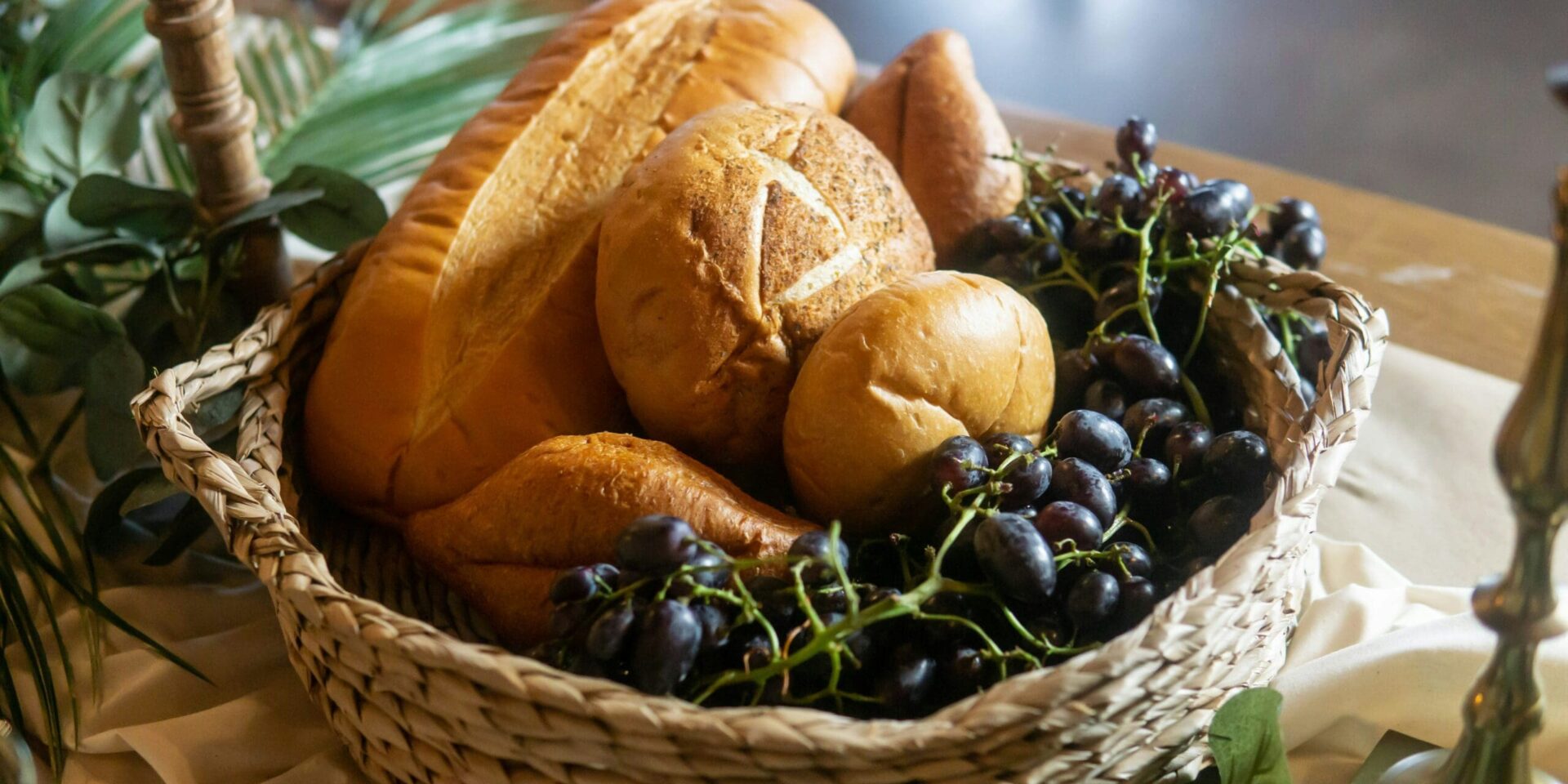In the middle of Jesus’ famous model prayer, He petitions God to, “Give us this day our daily bread.” (Matthew 6:11), demonstrating quite naturally the ancient importance of this culinary staple. Bread was such an integral part of the ancient near Eastern diet that the word could be used to mean food in general.[1] Almost as far back as historians can see, bread has been a part of the human diet via wild and cultivated seed.[2]
Like today, there were many different ways to make a loaf. First, flour had to be processed. Different types of grains were used: in ancient Israel at least two types of wheat were grown, emmer wheat that required traditional threshing or pounding to get rid of the seed hull, and durum wheat that became more popular because it didn’t require threshing.
Wheat was grown from November to May, and its harvest was celebrated by the biblical Festival of Weeks (Exodus 34, Leviticus 23, Numbers 28, Deuteronomy 16). Barley was the other dominating grain of the biblical landscape. As a crop it was more robust than wheat, tolerating harsher conditions and poorer soil. But it was also viewed as less valuable than wheat, for example except for in very specific circumstances (Numbers 5), offerings to God were made of wheat flour.
“Give us this day our daily bread.”
Matthew 6:11
The heads of wheat and barley could, of course, be eaten raw, or toasted, but the truly “civilized” way was to process them into flour[3]. This was most often done by hand on a daily, as-need basis.[4] Dough would then be mixed up with the flour and a liquid, any add ins like fat, seeds, fruit or courser grain, and could be baked right away or leavened.
The baking process itself also varied greatly. Dough could be flattened and cooked directly in the coals of a fire, it could be baked on a pre-heated flat rock, or on a large, metal circular plate heated over a fire. Ovens were also utilized, with dome ovens and tannur ovens being widely attested to. Ancient Egypt has left us the most prolific evidence of bread baking in its pictorial representations, 3D models and even in the form of ancient loaves themselves. From this we learn that bread was baked in many different shapes, sizes and forms. It could be flat bread or leavened bread, it could be shaped by hand into spirals, loaves or models of other things, it could be stamped or baked in a pottery mould.[5] Potted and moulded bread were often baked in dome type ovens that facilitated the stacking or placing of pots within the heated structure. The walls of tannur style ovens were utilized to bake bread that had been slapped onto it.[6]
Whatever process was used it’s clear that bread baking quickly developed into something that was more than just calorie based. It was a significant part of a tradition of modifying the natural world, of becoming creators in our own right. And it’s very interesting that this, cross-culturally, was then offered back to God (or the gods, as it were). Breaking bread was both actually and symbolically an act of love, devotion, and friendship.

Corie Bobechko is a daily co-host, speaker, and writer of Bible Discovery. She also hosts a YouTube channel that shows how history and archaeology prove the Bible. Her heart for seekers and skeptics has led her to seek truth and share it with others. Corie also has a Bachelor of Theology from Canada Christian College.
[1] MacDonald, Nathan. What Did the Ancient Israelites Eat?. (2008). Grand Rapids, Michigan: Wm. B. Eerdmans Publishing Co.
[2] Amaia Arranz-Otaegui, Lara Gonzalez Carretero, Monica N. Ramsey, Dorian Q. Fuller, and Tobias Richter, “Archaeobotanical evidence reveals the origins of bread 14,400 years ago in northeastern Jordan,” Proceedings of the National Academy of Sciences (July 16, 2018).
[3] Francesca Balossi Restelli, Lucia Mori, “Bread, baking moulds & related cooking techniques in the Ancient near East,” Food & History, Vol 12. (2014).
[4] Shafer-Elliot, Cynthia. Food in Ancient Judah Domestic Cooking in the Time of the Hebrew Bible. (2013). Sheffield, UK: Equinox Publishing Ltd.
[5] https://www.atthemummiesball.com/baking-ancient-egyptian-bread/
[6] Shafer-Elliot.
• http://magdaelmehdawy.blogspot.com/2013/11/recreating-ancient-egyptian-bread.html
• http://www.aeraweb.org/lost-city-project/feeding-pyramid-workers/
• https://www.atthemummiesball.com/baking-ancient-egyptian-bread/






